The history of New York’s railroad apartment
find out more here
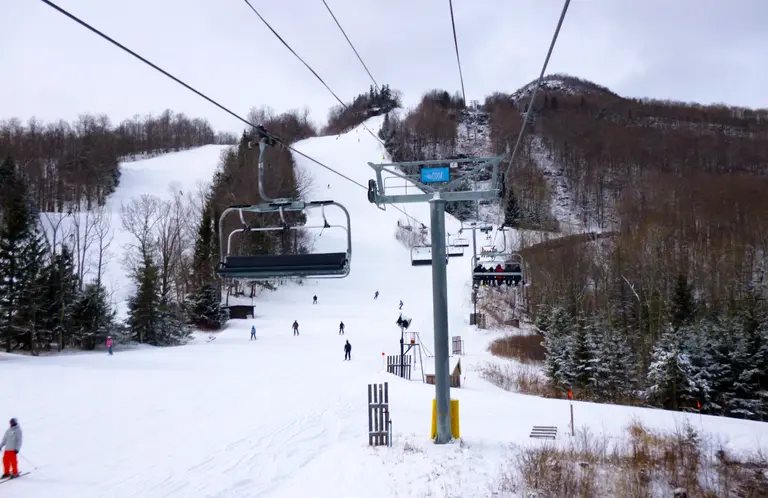
Photo of Hunter Mountain by Shinya Suzuki via Flickr cc
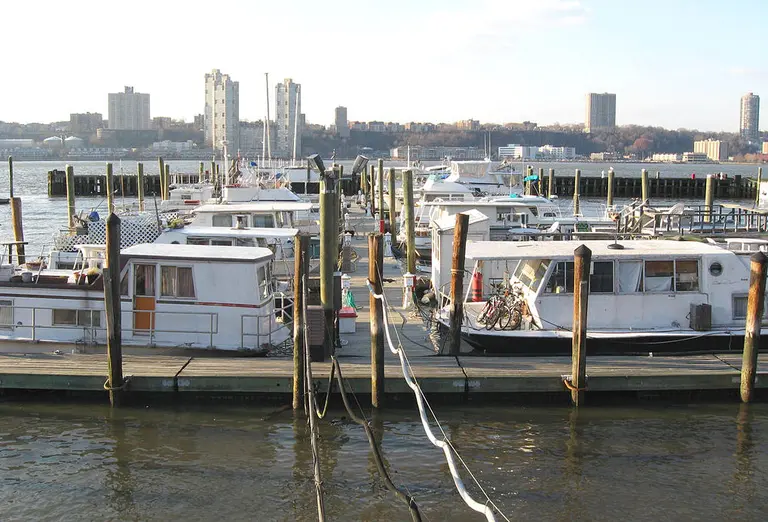
Photo of the 79th Street Boat Basin by Jim Henderson on Wikimedia
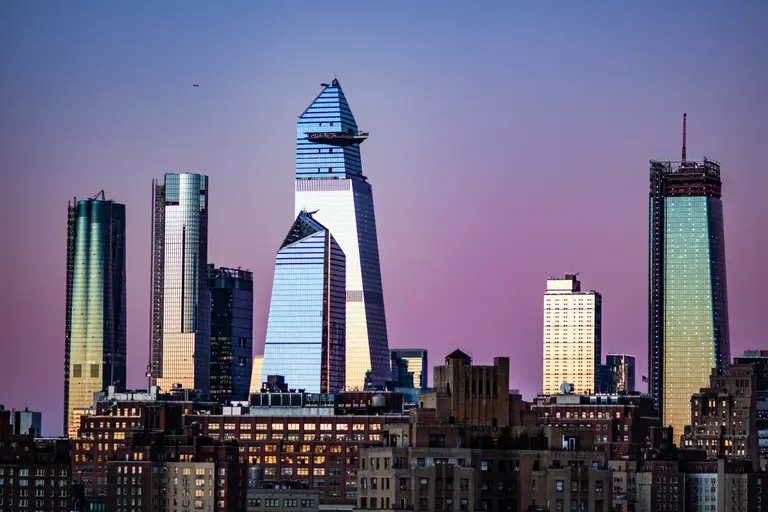
Photo by Aleksandr Rogozin on Unsplash
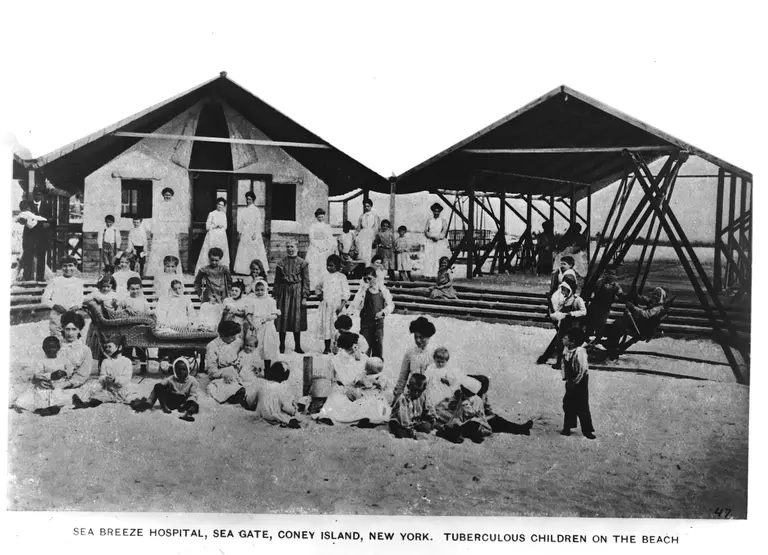
Sea Breeze Hospital in Coney Island via Library of Congress
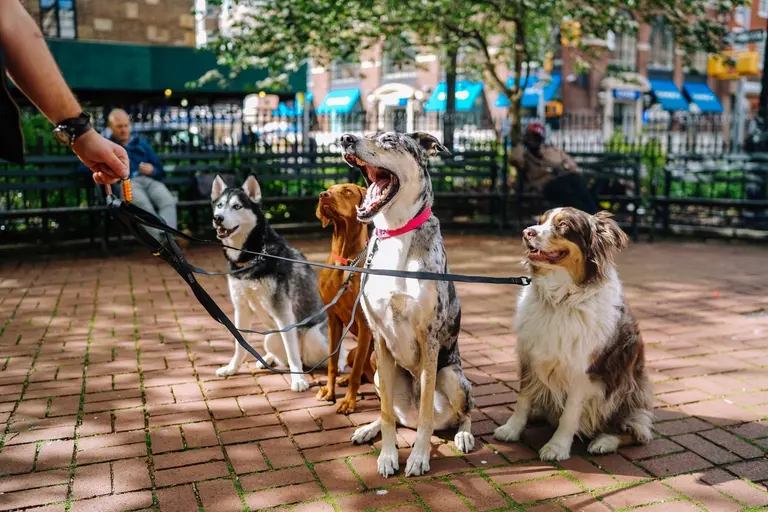
Photo by Matt Nelson on Unsplash
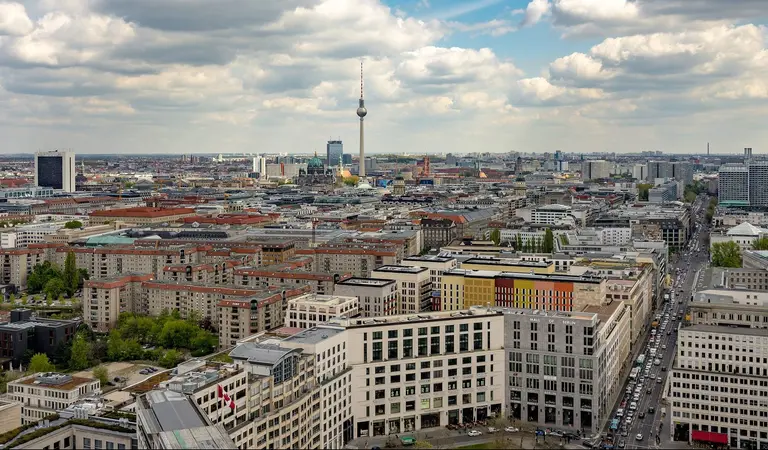
Photo via Pixabay
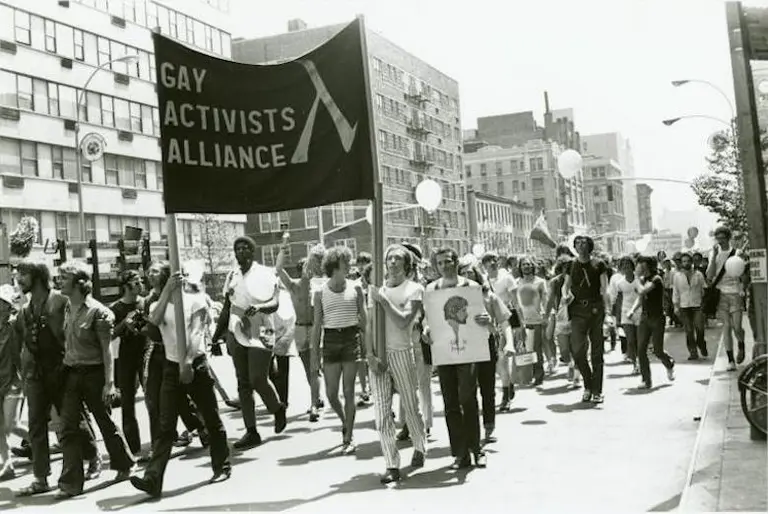
“GAA and Vito Russo marching in 1st Christopher St Liberation Day Parade,” The New York Public Library Digital Collections. 1970.
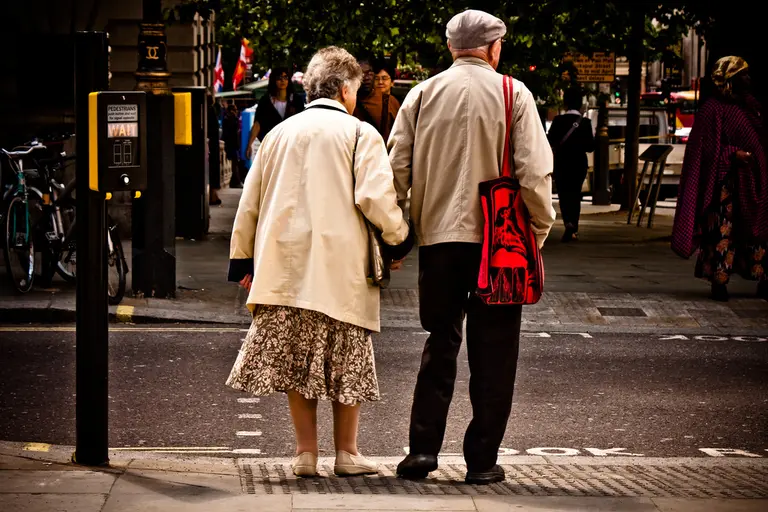
Photo via Flickr cc
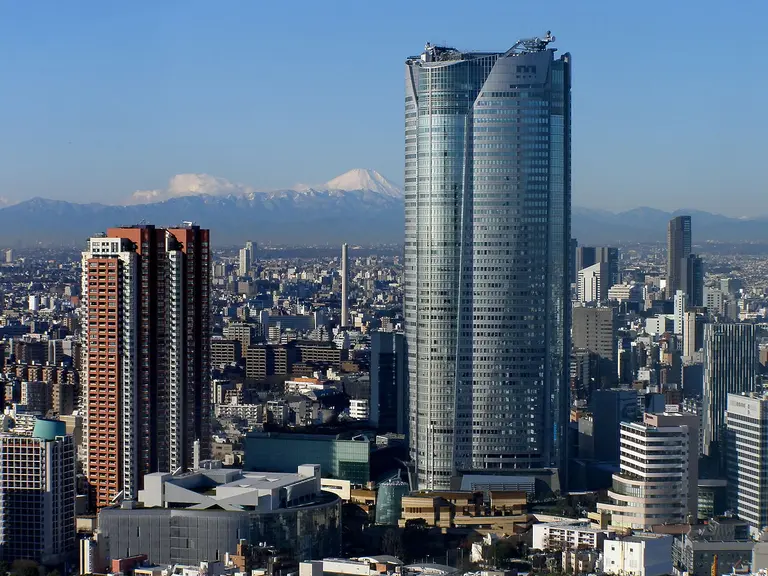
Photo via Wiki Commons
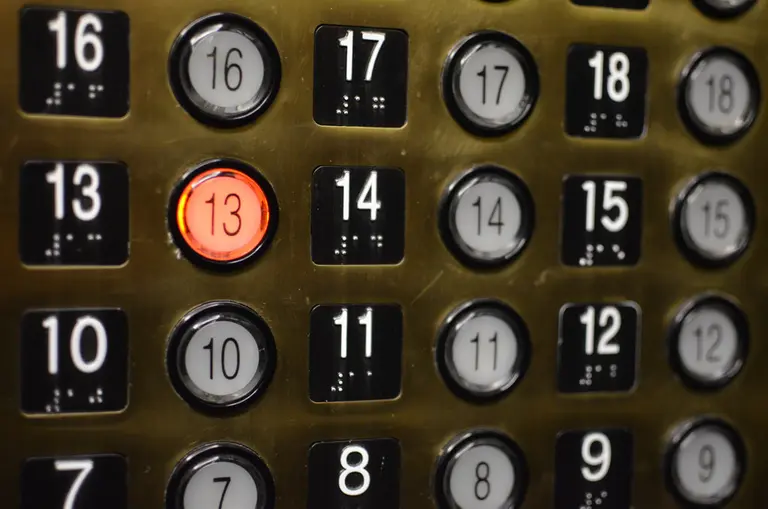
Photo via Flickr cc
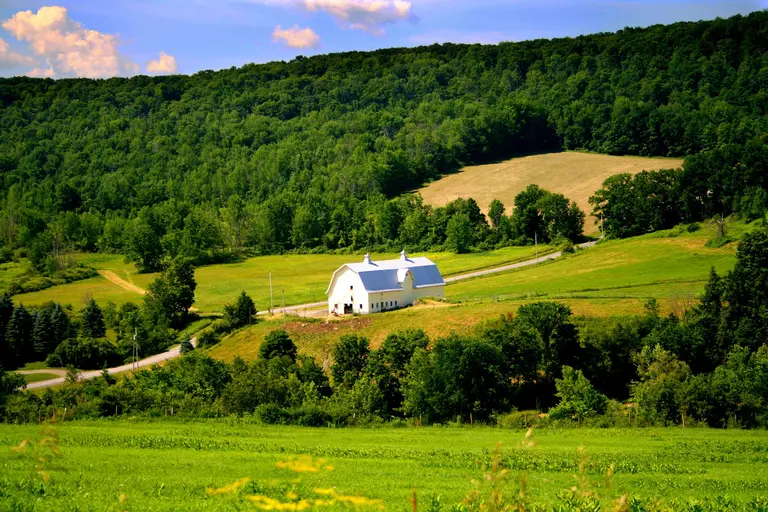
Via Flickr
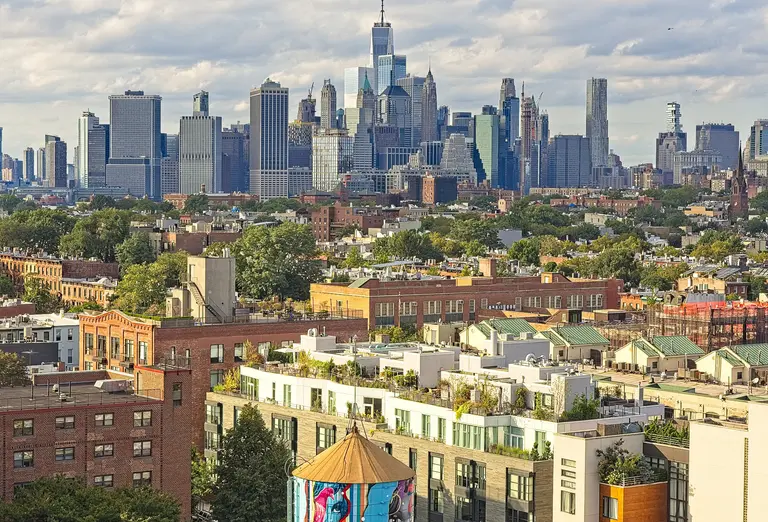
Photo via Flickr cc
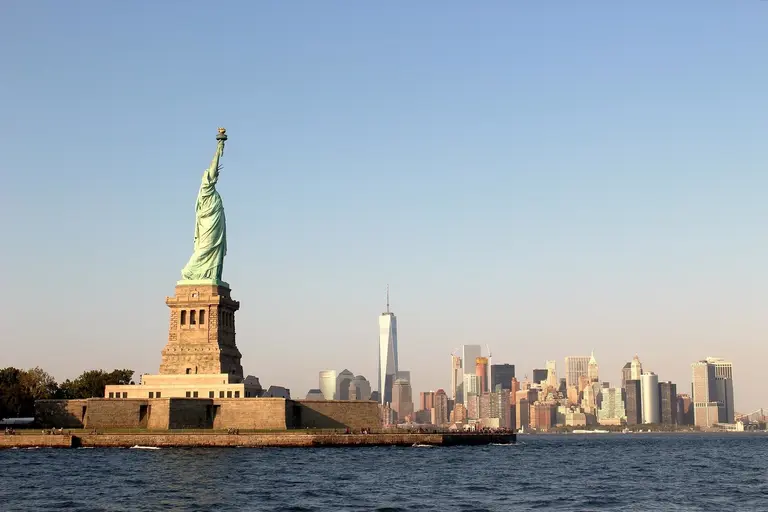
Photo via Pixabay
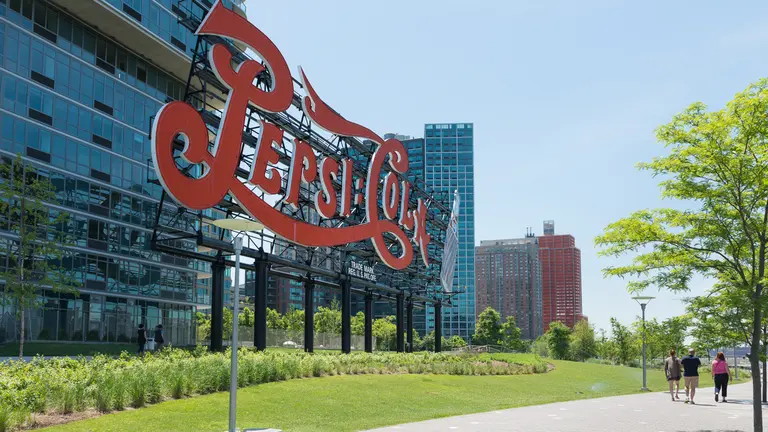
Via CityRealty
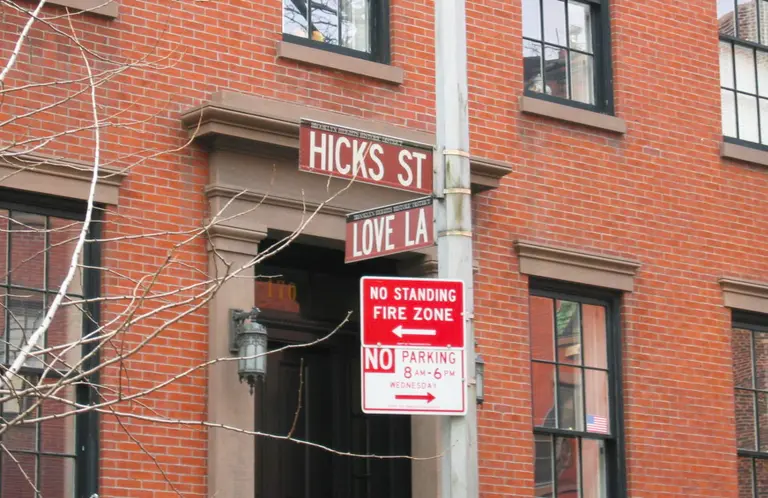
Photo via Flickr cc

Closet photo via Flickr cc; Photo of Karin and Marie courtesy of Karin Socci
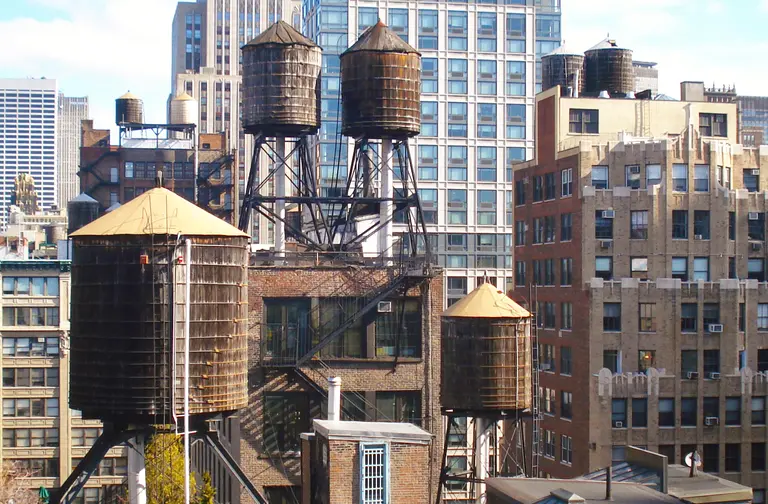
Photo via Flickr cc
Photo of Beacon, NY via Wikimedia Commons

Photo © Daxiao Productions – Fotolio
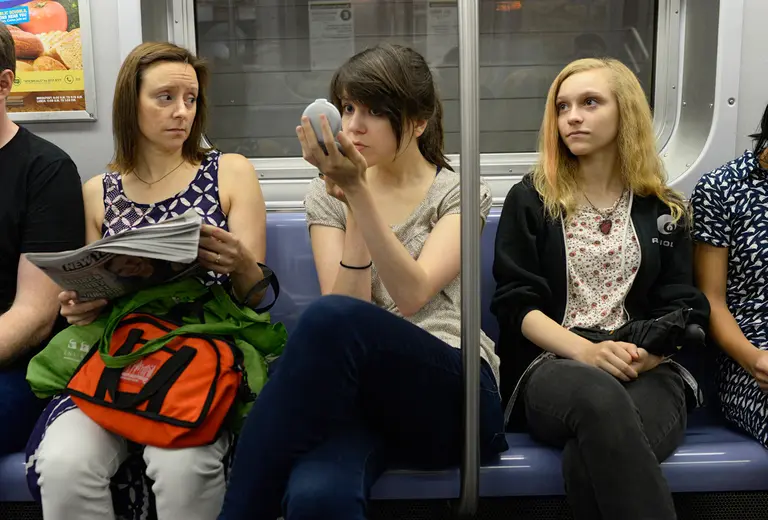
Via WNYC/Flickr
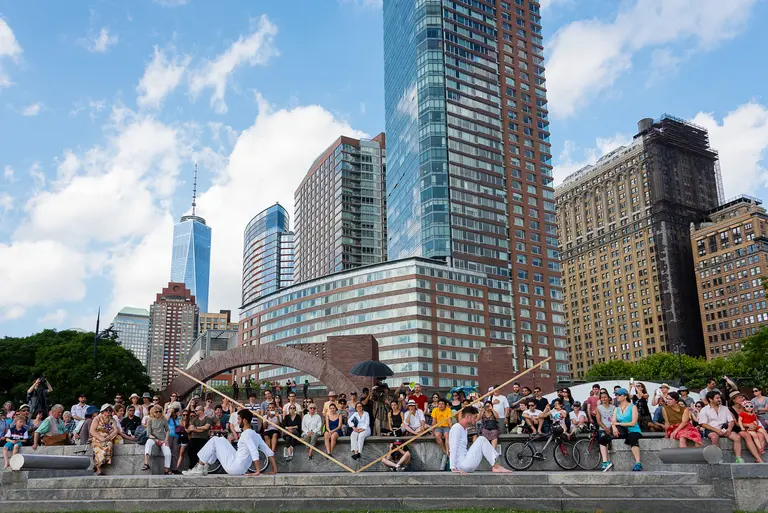
Photo via LMCC
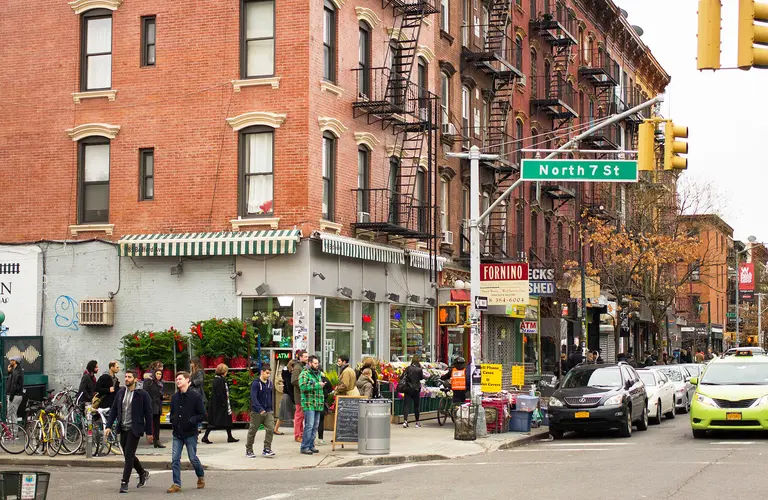
Williamsburg, where the L train shutdown will soon take effect, via Wiki Commons